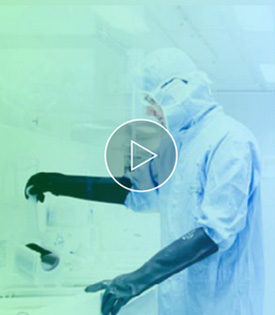ICT Accutase Cell Detachment Solution
Supplier: INNOVATIVE CELL TECHNOLOGIES BE
Accutase can be used whenever gentle and efficient detachment of any adherent cell line is needed
Accutase performs exceptionally well in detaching cells for hESC culturing, analysis of cell surface markers, virus growth assay, quiescence assays by serum starvation, transformation assays by oncogene transfection, neural crest cell migration assays, cell proliferation, apoptosis, cell haptotaxsis, tumor cell migration assays, routine cell passage, production scale-up (bioreactor), and flow cytometry.
Accutase has been shown to detach a few cell lines without harm from hESCs, fibroblasts, keratinocytes, vascular endothelial cells, hepatocytes, vascular smooth muscle cells, hepatocyte progenitors, primary chick embryo neuronal cells, bone marrow stem cells, adherent CHO and BHK cells, macrophages, 293 cells, L929 cells, immortalized mouse testicular germ cells, 3T3, Vero, COS, HeLa, NT2, MG63, M24 and A375 metastatic melanoma, gliomas U251 and D54, HT1080 fibrosarcoma cells, and Sf9 insect cells.
It works extremely well on embryonic and neuronal stem cells; mono layers of stem cells can be grown after passaging with Accutase. It preserves most epitopes for subsequent flow cytometry analysis. Accutase does not need to be neutralized when passaging adherent cells. The addition of more media after the cells are split dilutes Accutase so it is no longer able to detach cells. It also does not need to be aliquoted. A bottle is stable in the refrigerator for 2 months.
Learn more

About VWR
Avantor is a vertically integrated, global supplier of discovery-to-delivery solutions for...